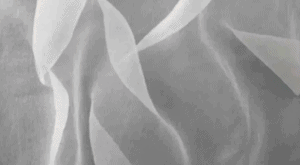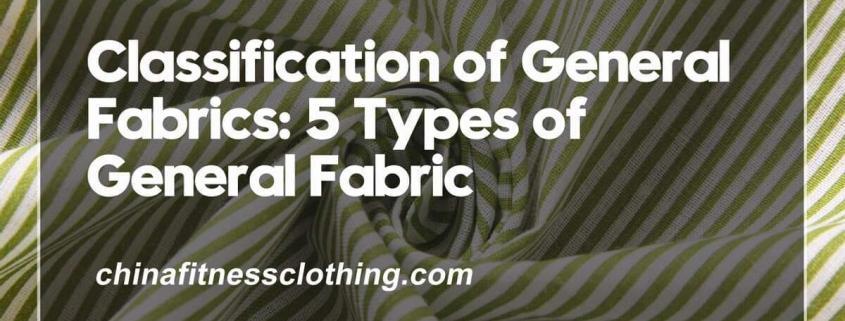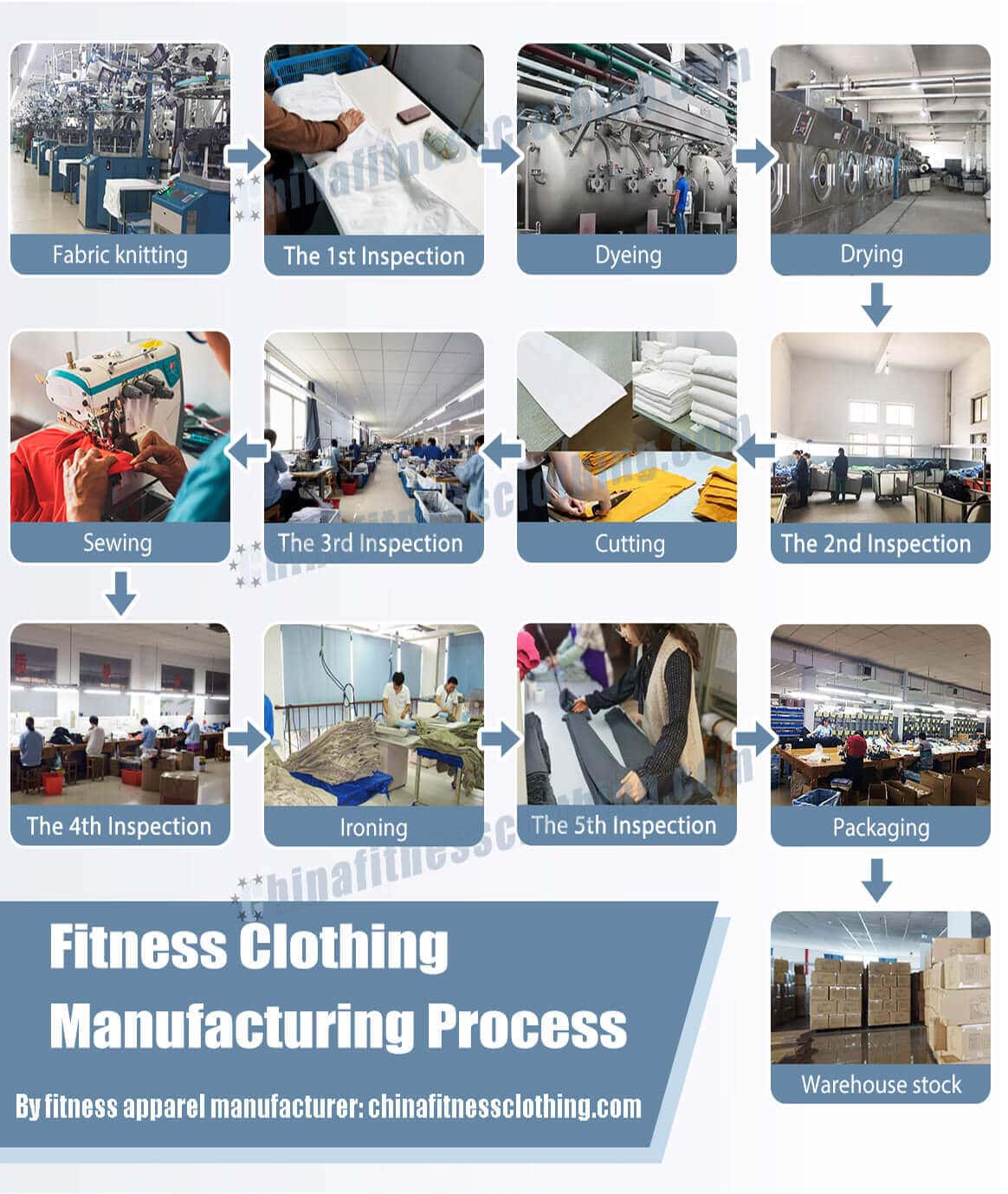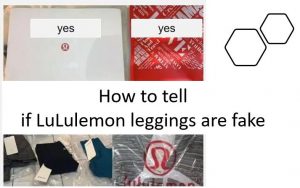What’s the classification of fabrics? According to different classification methods, there are different kinds of fabrics. Here are 5 types of general fabrics I summarized.
Fabric is one of the three elements of clothing. Fabric can not only interpret the style and characteristics of clothing, but also directly affect the performance effect of clothing color and modeling.
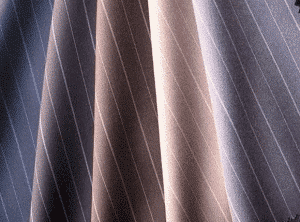
Classification of General Fabrics: Soft Fabric
Soft fabrics are generally lighter and thinner, have good drape, smooth shape lines, and natural stretch of clothing contours. It mainly includes knitted fabrics and silk fabrics with scattered fabric structures and soft linen fabrics. Soft knitted fabrics often use linear and concise shapes in clothing design to reflect the graceful curves of the human body; silk, hemp yarn and other fabrics are more loose and have pleated shapes, expressing the flow of fabric lines.
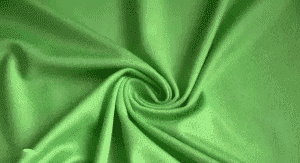
Classification of General Fabrics: Cool Fabric
The cool fabric has clear lines and a sense of volume, which can form a plump clothing outline. Common cool fabrics include cotton, polyester-cotton, corduroy, linen and various medium-thick wool and chemical fiber fabrics. This type of fabric can be used in designs that highlight the accuracy of clothing modeling, such as the design of custom workout apparel suits.
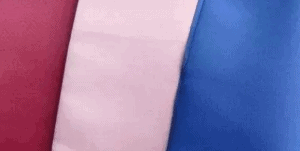
Classification of General Fabrics: Glossy Fabric
Glossy fabrics have a smooth surface and can reflect bright light. Such fabrics include fabrics with satin textures. It is most often used in evening dresses or stage costumes to produce a gorgeous and dazzling strong visual effect.
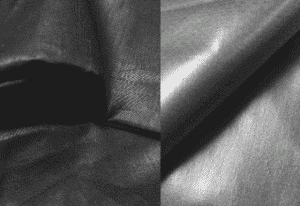
Classification of General Fabrics: Thick Fabric
The heavy-duty fabrics are thick and scratchy, which can produce a stable styling effect, including all kinds of thick woolen fabrics and quilted fabrics. The fabric has a sense of physical expansion, and should not be pleated and piled up too much. The A-shaped and H-shaped shapes are the most appropriate in the design.
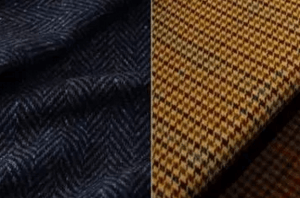
Classification of General Fabrics: Transparent Fabric
The transparent fabric is light, thin and transparent, with an elegant and mysterious artistic effect. It includes cotton, silk, chemical fiber fabrics, etc., such as georgette, satin silk, chemical fiber lace and so on. In order to express the transparency of the fabric, the commonly used lines are natural and plump, with varied H-shaped and round-table-shaped designs.
